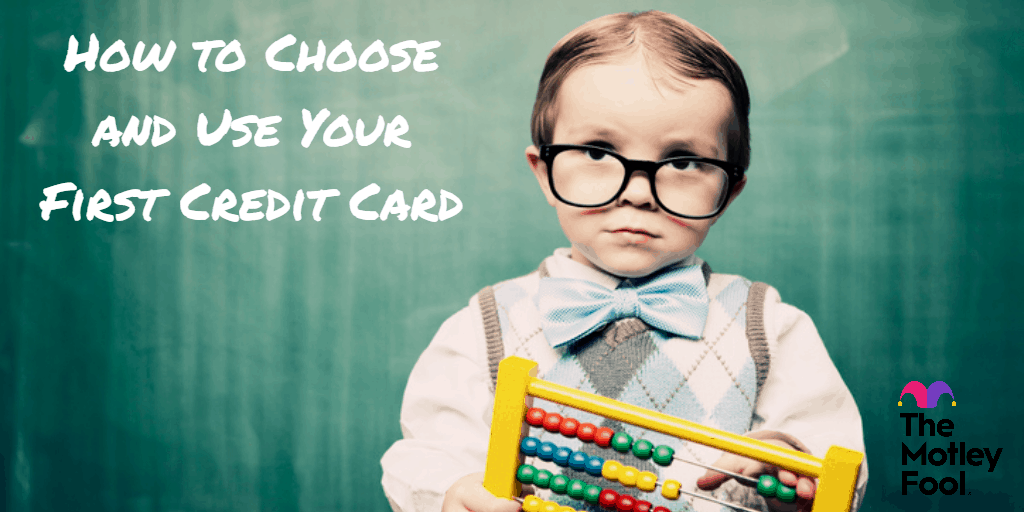Congratulations: you’re about to take a massive step into the world of personal finances. Applying for your first credit card (and using it responsibly) means you can start building your credit score, earn rewards and cashback, and work your way toward more exclusive perks and offers.
But you don’t want just any old credit card, right? You want a first credit card that’s right for you. To help you apply for the right first card, here are some important things you should know.
When do you qualify for a credit card?
In order to qualify for your first credit card, you must have met the legal age requirement. Typical of Canada, this depends on the province or territory in which you live, either 18 or 19.
- 18 years old: Alberta, Ontario, Quebec, Prince Edwards Island, and Saskatchewan
- 19 years old: British Columbia, Newfoundland and Labrador, Northwest Territories, Nova Scotia, Nunavut, and Yukon
In addition, you’ll need your social insurance number and, depending on the credit card, you may need a certain credit score, too.
What type of credit card should you get?
One of the best things you can learn as a young adult are the types of credit cards out there. You see, as a savvy cardholder, you don’t want your credit card to just make cashless purchases. You want your card to help you accomplish some financial goal, such as building a credit score or helping you earn cashback.
So, before you apply for your first credit card, take a step back and review the different types of cards. Here’s just a quick summary of the cards you might be interested in.
Student credit cards
These cards are geared toward college students or first-time cardholders who may or may not have a credit score yet. As such, they’re fairly easy to get, and they may offer cashback or rewards, too.
Secured credit cards
A secured credit card requires a security deposit, paid upfront before you can use it. These cards are ideal for Canadians who want to build or rebuild their credit scores without the risk of going into debt.
Rewards cards
A rewards credit card is an exciting credit card that allows you to earn miles, points, or cashback on eligible purchases. Though the earn rates on these cards are usually higher than student cards, you’ll typically need a good credit score to get one.
Cashback cards
Similar to rewards cards, cashback credit cards help you earn rewards in the form of cash (statement credits, cheques, cash deposits, gift cards). Again, you typically need a good credit score in order to get one.
How can you choose the best card for you?
Now that you’re aware of the different types, it’s time to dig into some crucial details. Whatever type you choose for your first credit card, here are some things you should look for.
1. Annual percentage rate (APR)
The APR on a credit card tells you how much you’ll pay in interest if you don’t pay your balance in full every month. It’s expressed as a percentage, usually around 19.99%.
For your first credit card, look for a card with a reasonably low APR. That said, as long as you pay your balance in full on time each month, your card’s grace period ensures you don’t have to pay interest.
2. Annual fees
Some credit cards come with annual fees, usually $99 to $120, charged to your account every year. Cards with annual fees often have higher earn rates than cards with no fees, though you typically need to spend a high amount for the rewards to outweigh the fee.
For your first card, you probably don’t want one with an annual fee, if you can help it. Sometimes, you have to bite the bullet, especially if you’re applying for certain secured cards or student cards.
3. Rewards
Finally, keep your eye open for rewards cards and cashback cards designed for students or Canadians with no credit score. Though it’s not a requirement for your first card, if you find a card that earns rewards, by all means — try to get it.
How can you use your credit card responsibly?
The best way to use your first credit card is to pay your balance in full and on time every month. When you pay your full balance, you avoid paying interest on your purchases, which can quickly get expensive.
At the very least, pay the minimum on your credit card statement. As long as you pay the minimum, you won’t run the risk of damaging your credit score. A missed payment of 30 days or more can drop your score by a significant amount. But pay at least the minimum, and you won’t run the risk of doing this.
Finally, use your credit card with a realistic budget or financial checklist. Your credit card will come with credit limits. These limits can easily lead you to believe you have more money to spend than you actually do. When you use your credit card with a budget, however, you won’t be tempted to overspend. You’ll know exactly how much you can spend a month. And when the time comes to pay off your charges, you’ll pay without batting an eye.
Some offers on The Motley Fool are from our partners — it’s part of how we make money and keep this site going. But does that impact our reviews? Nope. Our commitment is to you. If a product isn’t any good, our review will reflect that, or we won’t list it at all. Also, while we aim to feature the best products available, we do not review every product on the market.
 Stock Up Sale
Stock Up Sale
